Search

Do You Have True White Grubs in Your Pasture or Rangeland?
Grub damage to pastures and rangeland is often observed in South Dakota. From past observations, some of the heaviest infestations in the state are located near the Missouri River.
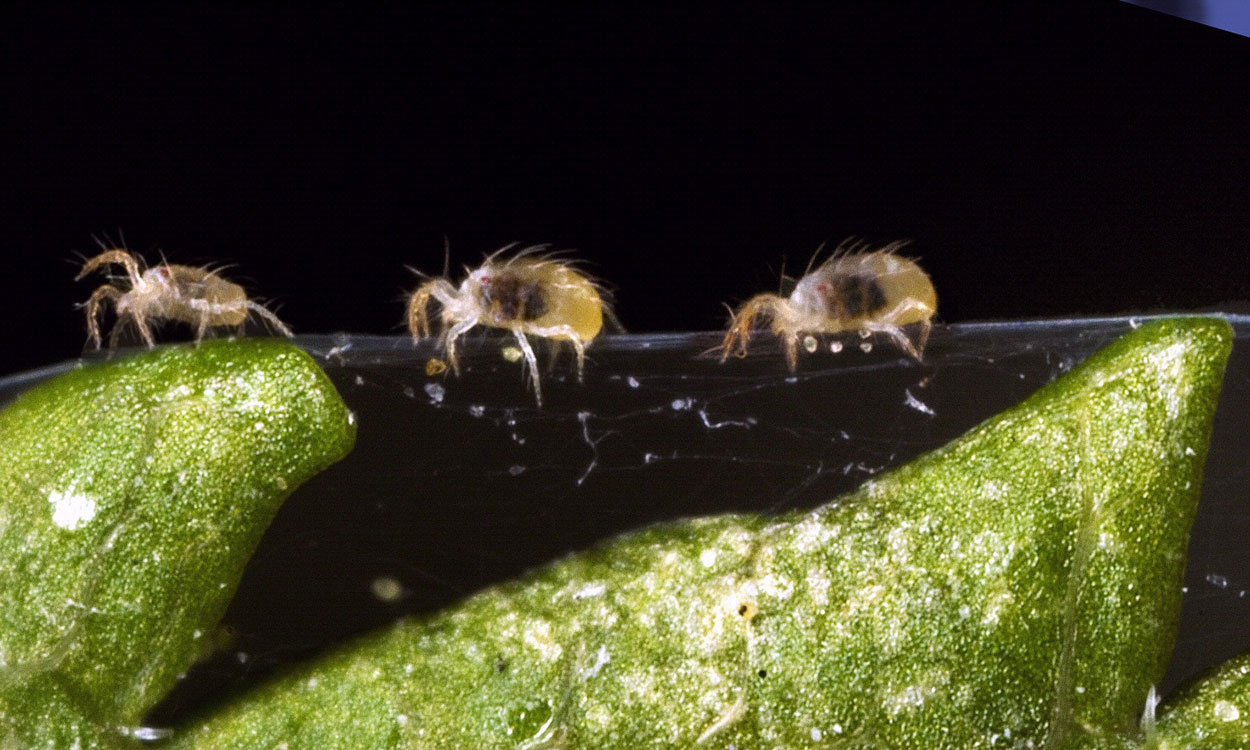
Dry Conditions Could Lead to Early Twospotted Spider Mite Infestations
Although it isn’t an insect, the twospotted spider mite is an occasional pest of crops in South Dakota, and its populations can rapidly increase during dry conditions.

Arthritis and Agriculture
Did you know arthritis is a leading cause of work disability in U.S. adults? Learn some tips for managing pain and reducing arthritis risk while working in agricultural production.

X-Ray Scanning Confirms Soil Health Benefits from Conservation Practices
Summary report of X-ray scanning confirms soil health benefits from conservation practices.

Production and Utilization of Field Peas in South Dakota
Guide to field pea production and utilization in South Dakota
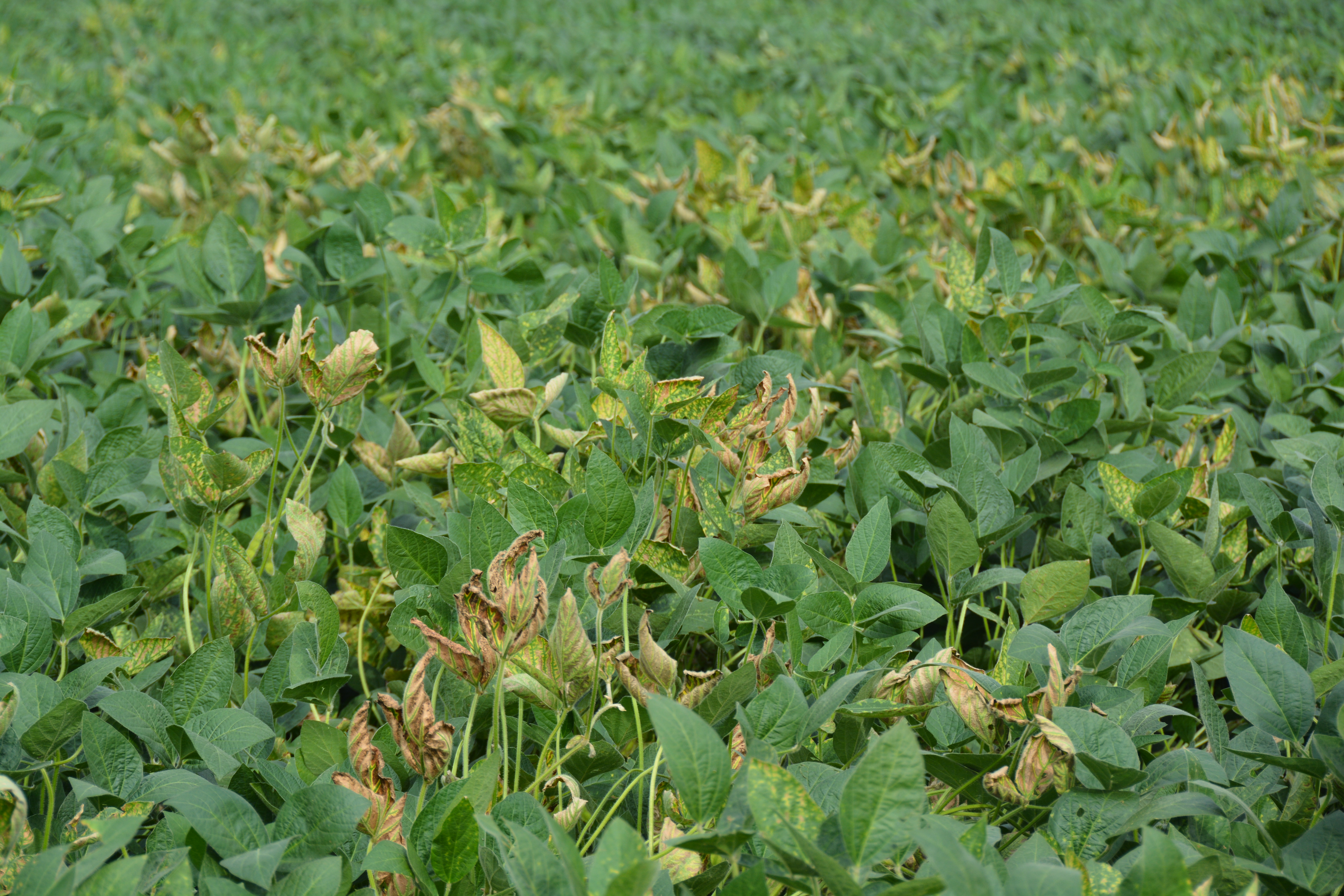
Plant Disease Management Decisions to Make Before Planting
For most plant diseases, in-season management choices are very limited. In fact, there are no in-season management options available for diseases caused by nematodes, viruses, and bacteria.
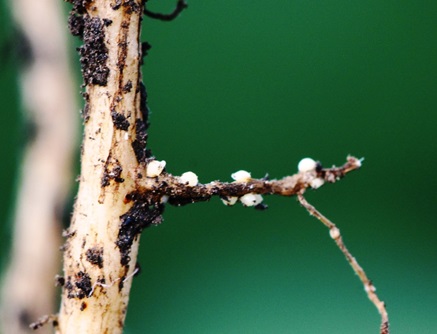
Scout and Soil Test for the Soybean Cyst Nematode
Soybean cyst nematode (SCN) is the main soybean production constraint in South Dakota. Soybean plants can be infested with SCN but may not display visible symptoms.

Seeing Dead Soybean Plants in a Circular Pattern? Could Be Due to Lightning
While quite uncommon for lightning to damage row crops, it does happen. Thunderstorms can have lightning that can burn soybeans plants leading to their death.
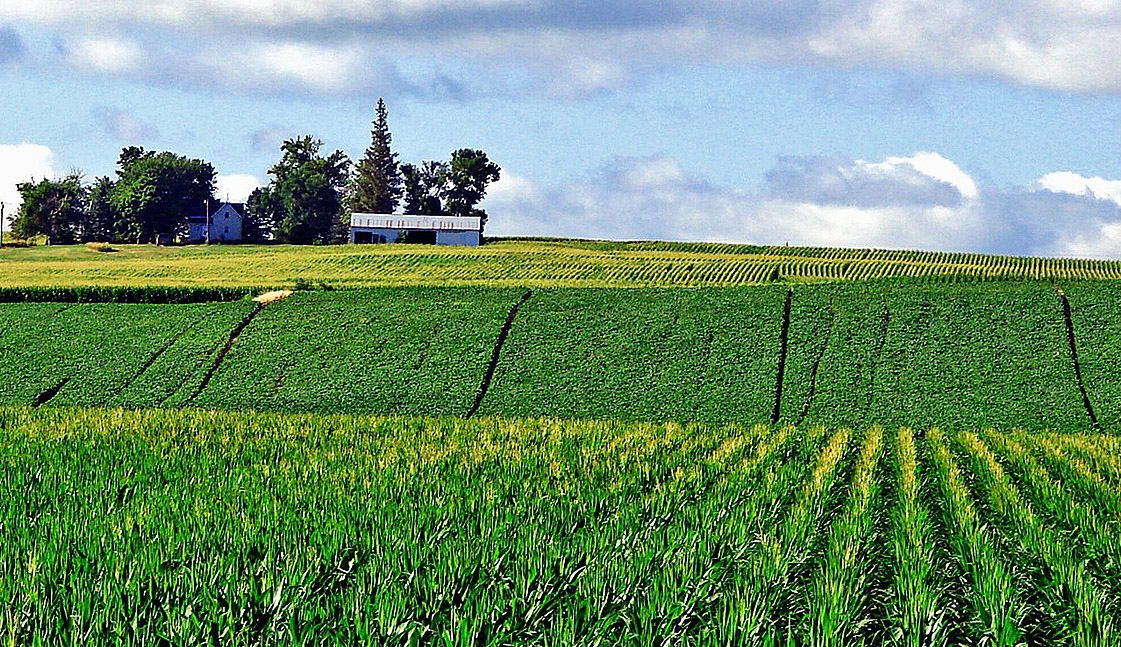
Fall Cover Crops Boost Soil Arbuscular Mycorrhizal Fungi Which Can Lead To Reduced Inputs
Fall cover crops provide multiple benefits to producers. These benefits include pathogen and pest protection, drought protection, weed control, reduced soil erosion, nutrient acquisition and retention, increased soil organic matter, and conservation of soil water by improvement of soil structure that increases infiltration and water holding capacity.
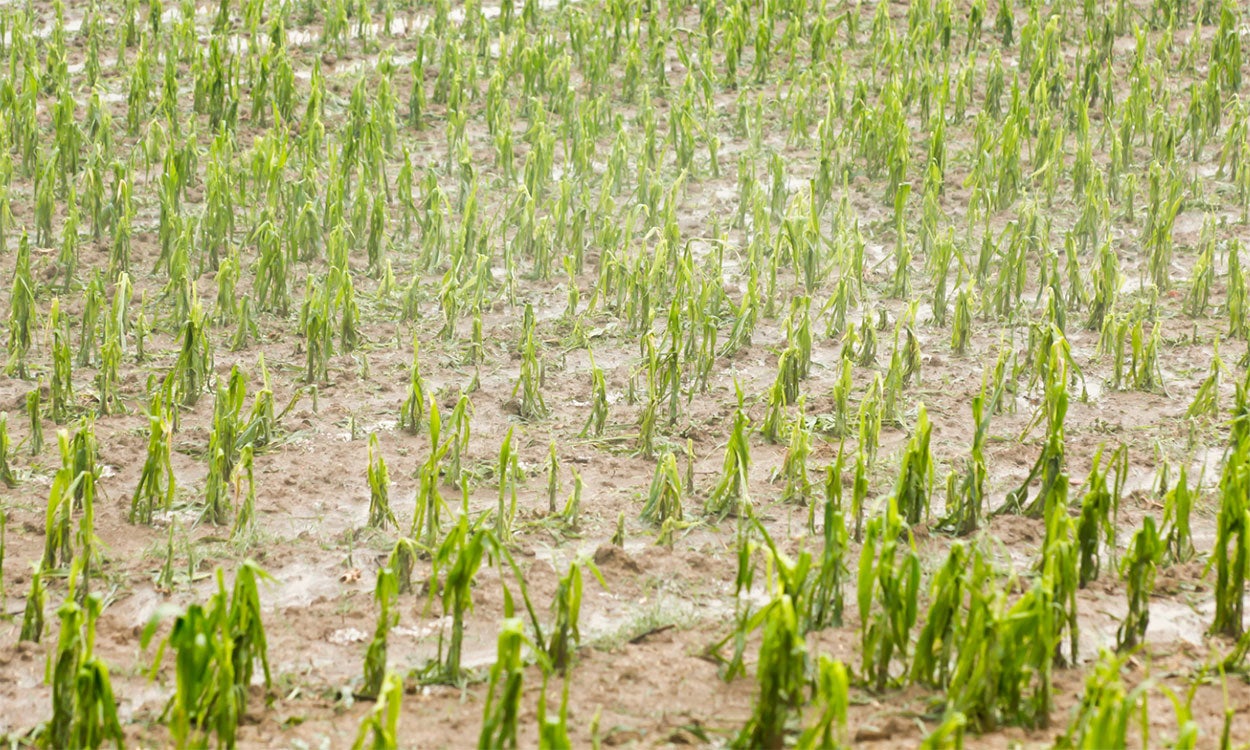
Are Fungicides Needed on Crops Damaged by Wind, Sand Blasting or Hail?
When extreme weather brings hail and sand blasting to fields, many growers wonder if a fungicide application is needed afterwards to protect wounded plants from bacterial diseases.